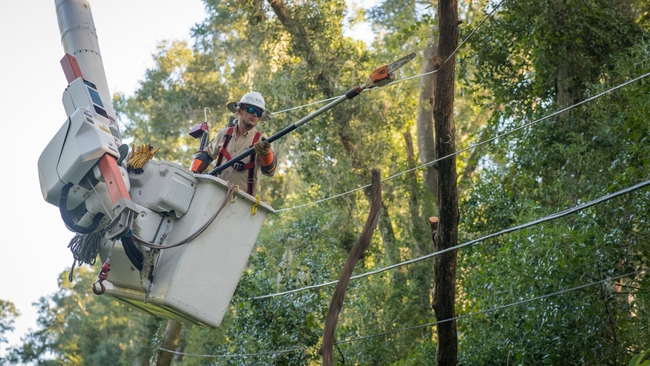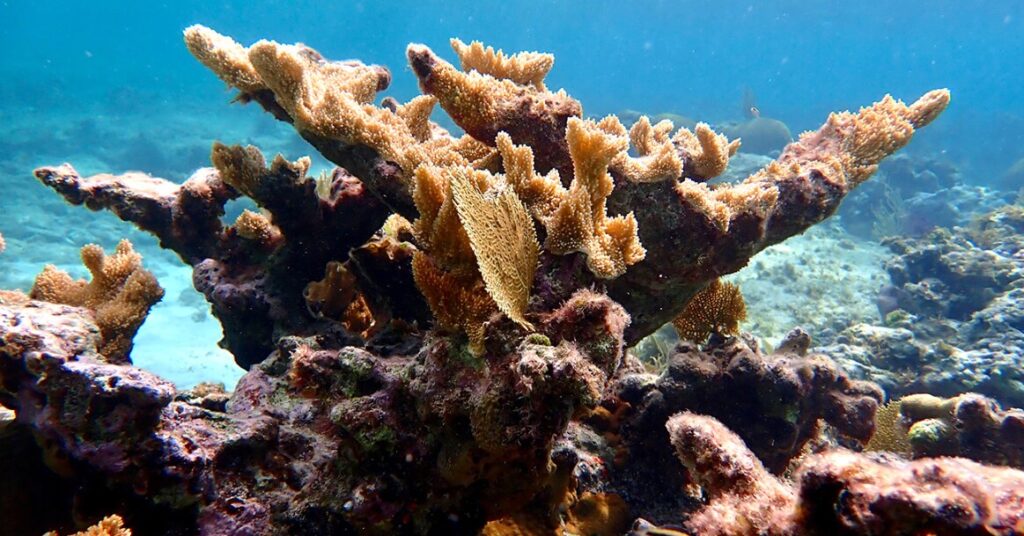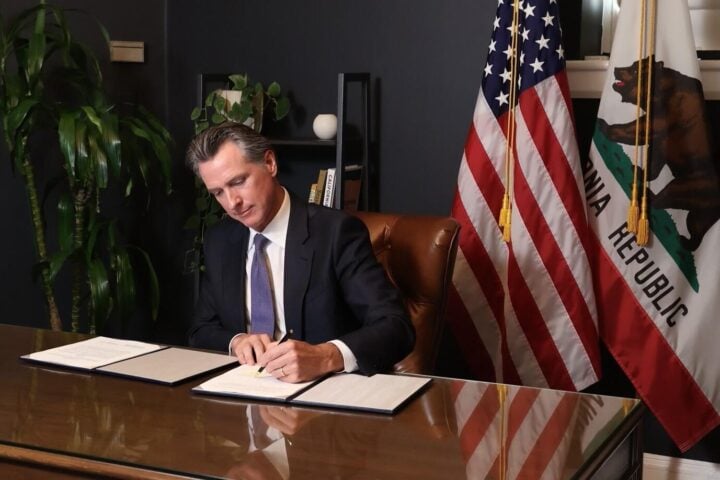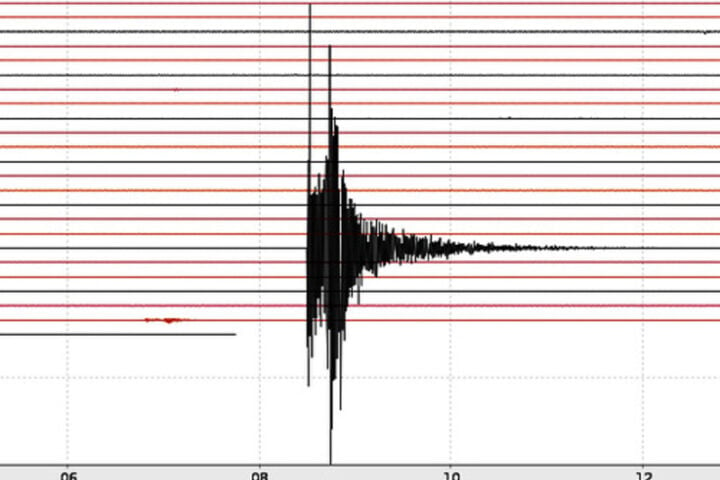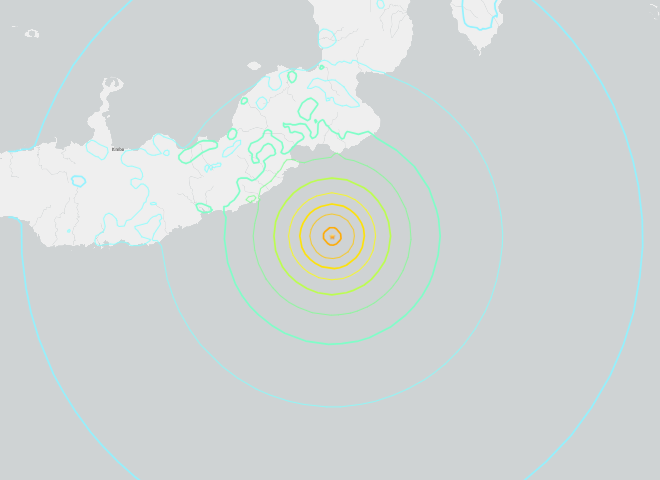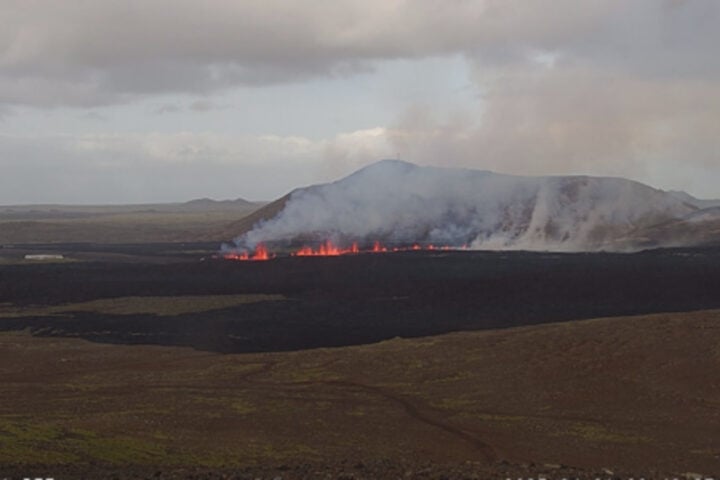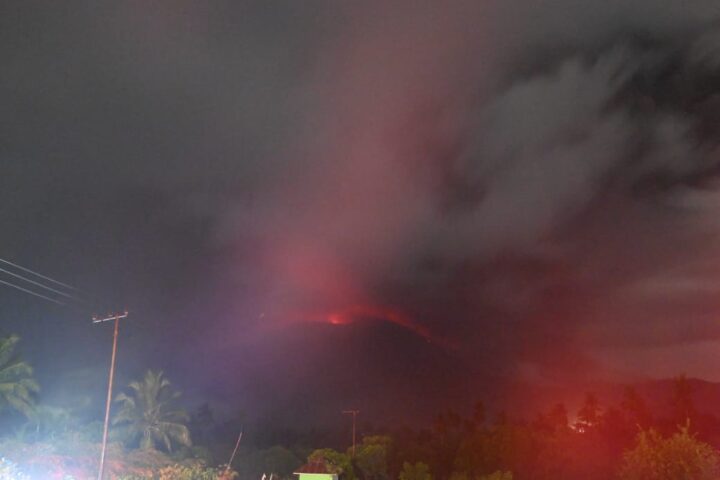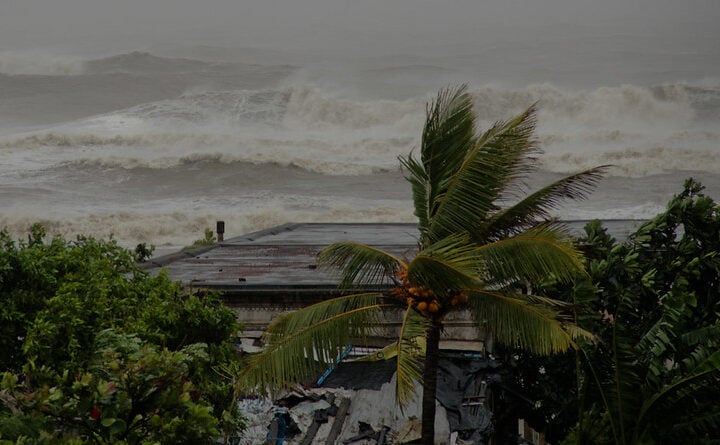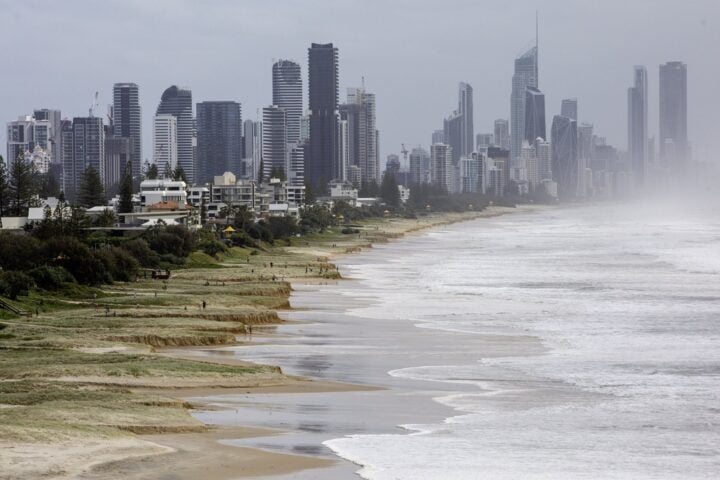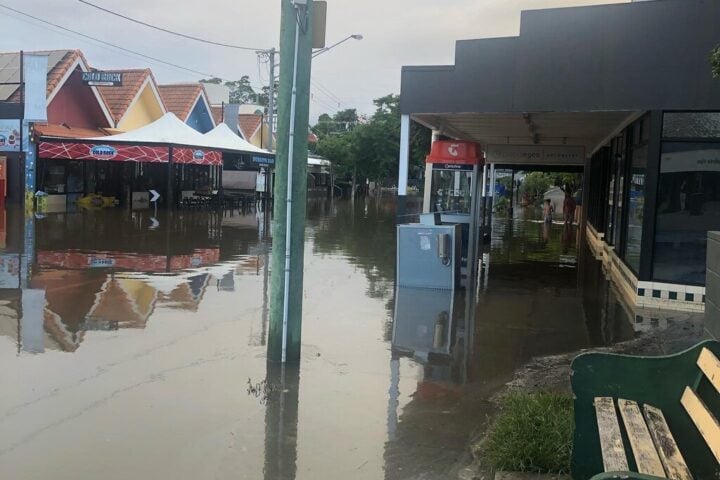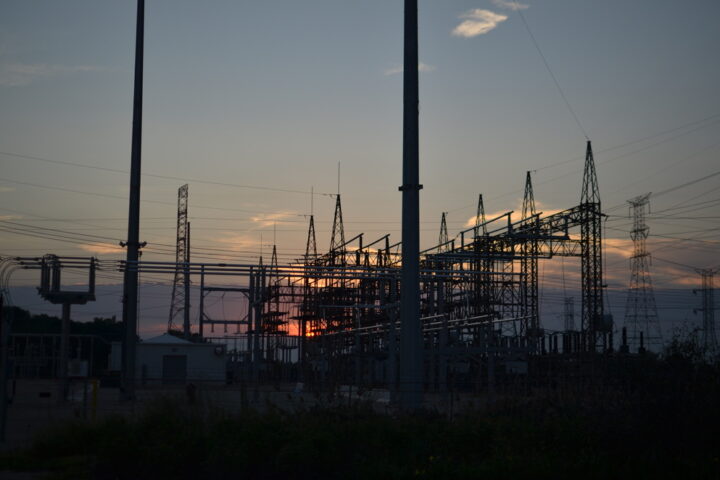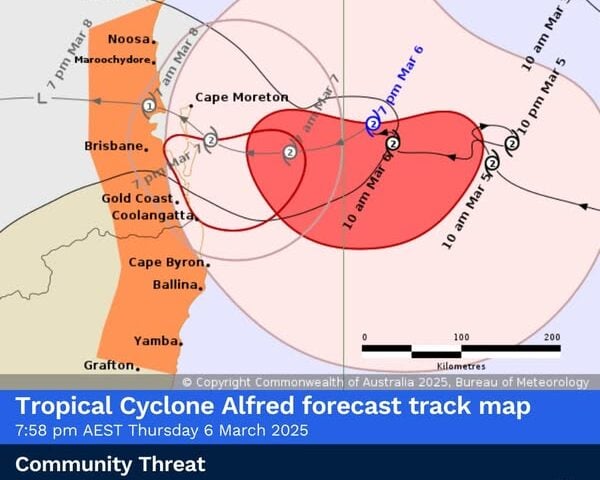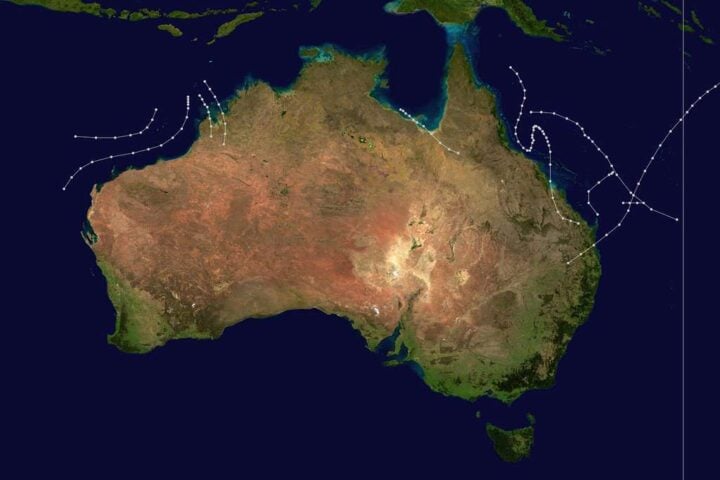Duke Energy’s automated grid technology prevented 300,000 customer outages during hurricanes Helene and Milton in 2024, preserving over 300 million minutes of power supply for Florida residents.
“With storms increasing in frequency and intensity, Duke Energy Florida’s Storm Protection Plan, year-round infrastructure work and preparedness efforts are critical to our ability to respond quickly and safely,” explains Melissa Seixas, Duke Energy Florida state president.
The self-healing infrastructure currently serves 77% of Duke Energy Florida’s customer base. When power interruptions occur, the system can reduce affected customers by up to 75% through rapid isolation and rerouting protocols – a crucial capability as climate change drives more extreme weather events across the Southeast.
Duke Energy Florida’s grid hardening initiatives have transformed the state’s power infrastructure. Over 40,000 poles have been reinforced in the past three years through the Storm Protection Plan, with teams inspecting more than 100,000 poles annually. The utility plans to fortify approximately 15,000 additional poles yearly moving forward.
Underground power line installation has reached a critical milestone, with 50% of primary distribution lines now buried. This approach particularly benefits areas prone to vegetation-related outages during storms. Maintenance crews completed over 4,000 miles of vegetation management on distribution lines and 600 miles on transmission corridors last year alone.
The grid expansion program has added over 100 miles of new transmission lines since 2021, upgraded nearly 100 miles of existing lines, and constructed 16 new substations across Florida. These improvements support Duke Energy Florida’s 2 million customers across its 13,000-square-mile service territory.
Similar Posts
Looking toward decarbonization goals, Duke Energy has committed to achieving net-zero methane emissions from natural gas operations by 2030 and net-zero carbon emissions from electricity generation by 2050. The company owns 12,300 megawatts of energy capacity in Florida alone.
Energy industry analysts note that Duke Energy’s approach combines immediate resilience needs with long-term climate adaptation. Grid resilience technologies will become increasingly vital as coastal communities adapt to these challenges.
Similar self-healing grid projects are emerging nationwide. ConEdison deployed comparable technology across New York City. Pacific Gas & Electric’s Resilience Zones program combines automated switching with microgrids to maintain power for critical facilities during extreme weather.
For Florida residents, the technology’s impact is measurable. Local emergency management officials report faster power restoration times compared to previous hurricane seasons, with critical infrastructure like hospitals and emergency services experiencing minimal disruptions during recent storms.
As climate change threatens power infrastructure nationwide, Duke Energy’s grid modernization efforts demonstrate how utilities can adapt while working toward clean energy goals. The combination of traditional hardening methods with AI-driven solutions offers a framework for utility companies facing similar challenges across America’s hurricane-prone regions.
